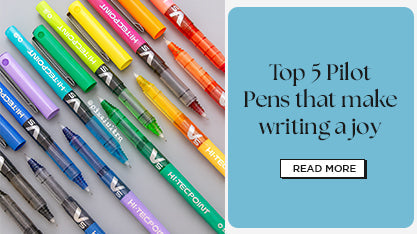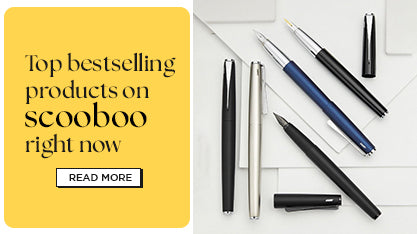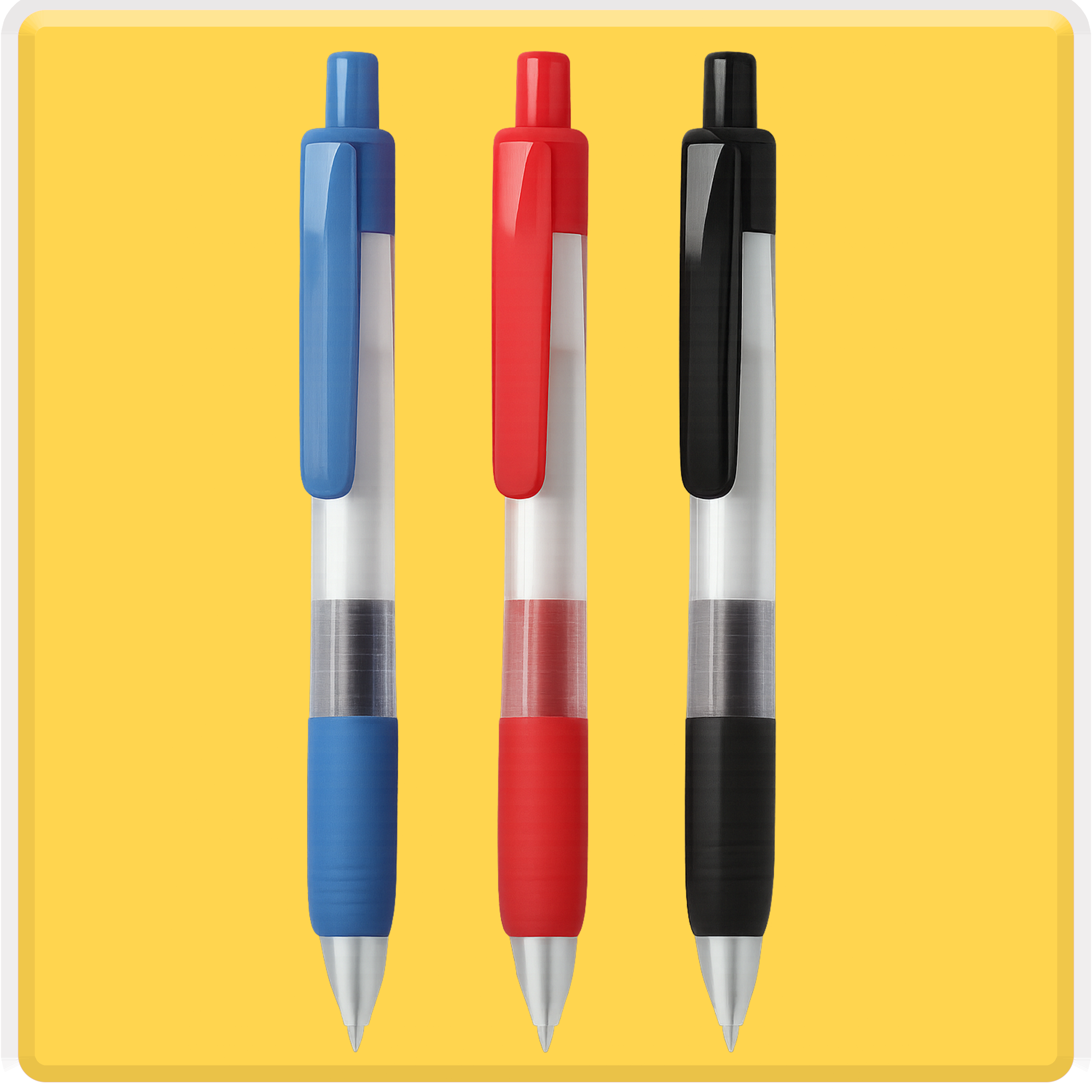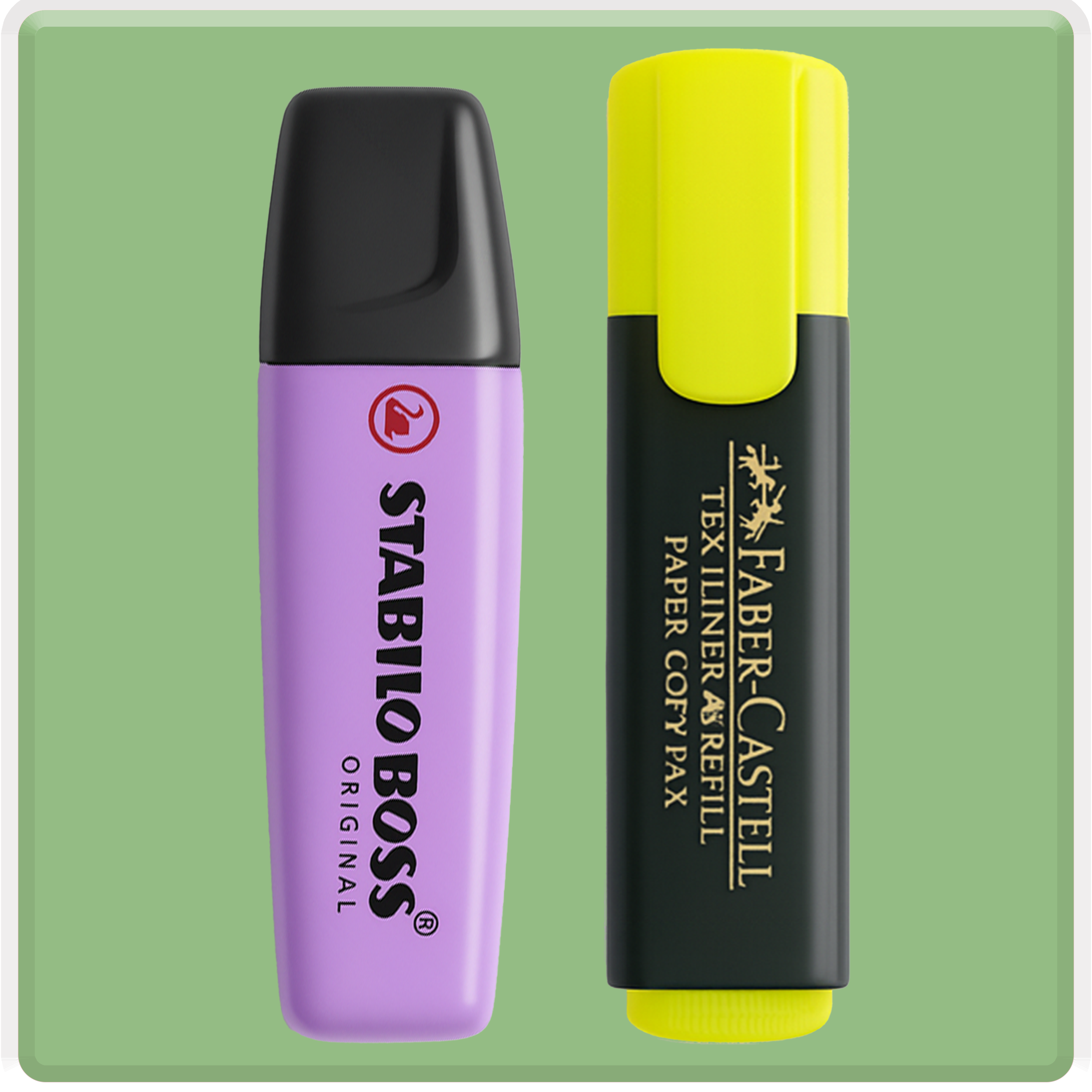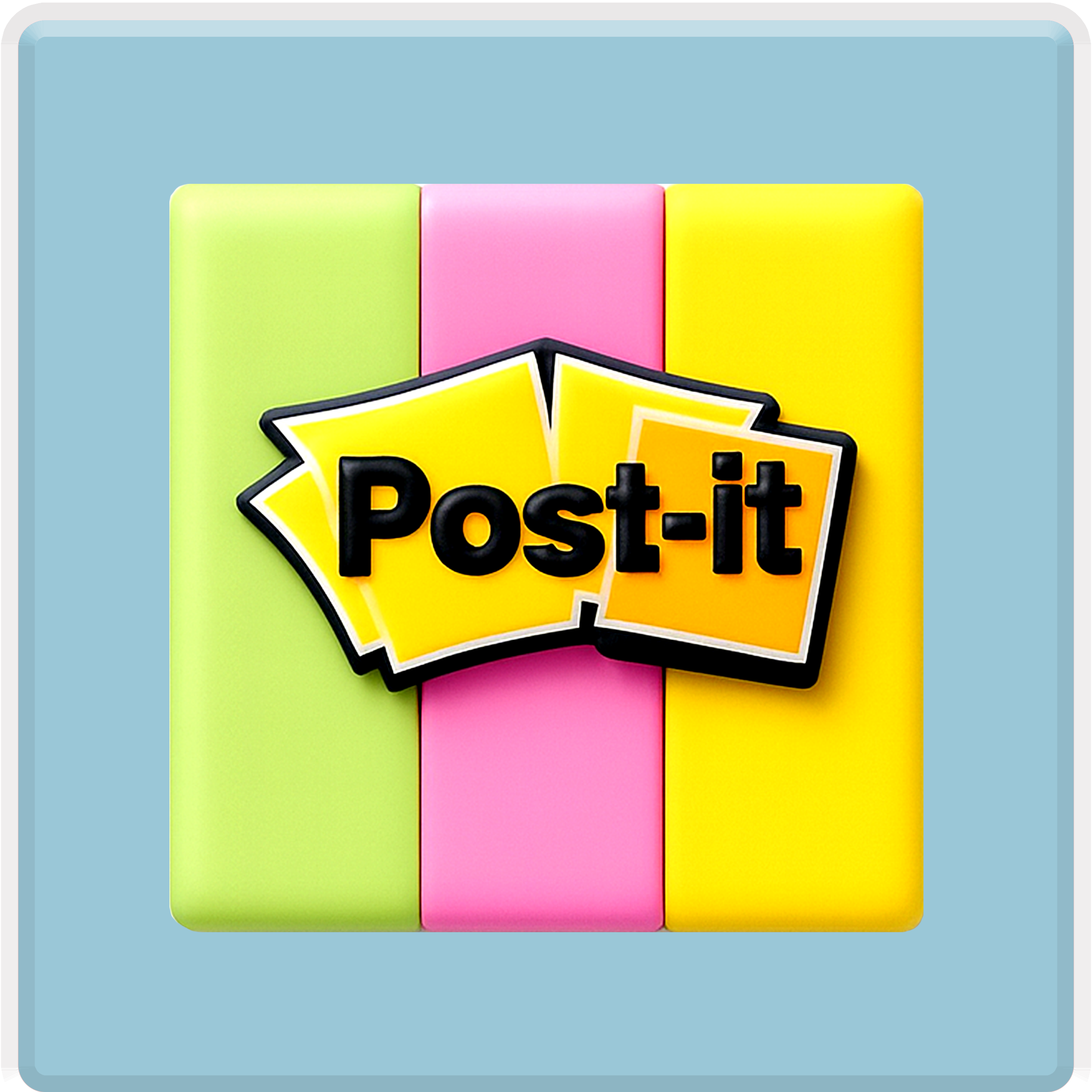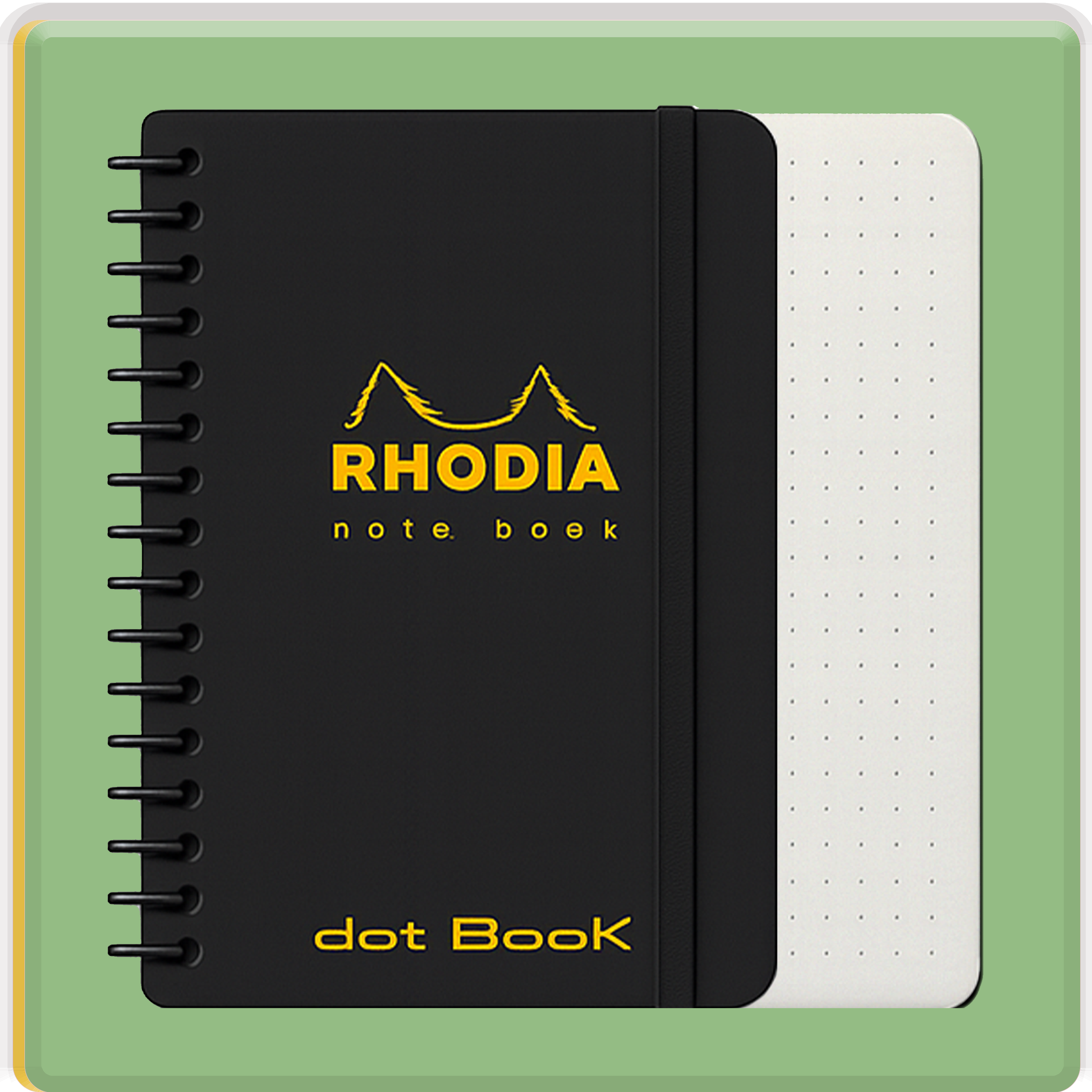
Time never seemed to be by your side. Every now and then, one almost feels like he/she is drowning in the frenzy of life, with racing thoughts, a never-ending list of things to do, and trying hard to at least keep things from falling apart. Such a powerful whirlwind in your mind can easily make one feel overwhelmed and anxious. But oddly enough, sometimes stationery can become the greatest remedy for chaos.
That would include your ordinary notebooks, planners, sticky notes, highlighters, pens- those good old things one mainly associates with school or work. Stationery is far from mere essentials you find in the office supply aisle. They offer grounds for centering oneself, organizing thoughts, and creating a little bit of peace in a chaotic world. Let’s explore how these humble tools may turn your chaos into clarity and stress into structure.
1. Cluttered Thoughts' Anxiety
Ever had that moment when your mind is buzzing with a million things all at once? Work deadlines, texts to reply to, groceries to buy—it somehow all comes together in one massive quagmire. It's debilitating, isn't it?
And that's precisely where stationery can come in. Writing down all the bits in a list, journal entry, or scattered bullet points will help you paralyze that quagmire. This is when you can really turn that storm in your mind into something physical, something you can see, touch, and manage. It becomes peace of mind and not merely productivity.
2. Breaking Down Tasks with a Planner or a To-Do List
When everything is urgent and important it is hard to know where to start from, and that uncertainty adds its own share of anxiety. But simple things such as a planner or a to-do list could hold out great help to calm that noise.
With a planner, you give the big, overwhelming things a little break and break them down into smaller, digestible steps. Putting a schedule to that list by day or priority almost feels like you are telling your brain, "Hey, we got this." That kind of structure feels solid to hold on to, and it makes getting on with your day feel more like swimming with purpose than drowning amongst tasks.
3. Building an Achievement by Checking Off
There's some very weird sort of pleasure that comes from checking something off a list; that tiny tick mark or cross-out line is not merely about task completion; it's a mini-celebration!
Sometimes, it may feel that you're doing absolutely nothing while actually working all the time when the anxiety kicks in. Now, a checklist becomes a visual reminder of how much you've accomplished. Each box checked builds confidence and calmness, reminding you that with every small achievement, you moved ahead.
4. Focus with the Help of Colors
Colors do much more than brighten up a page-they place some order to that page. Red may be for urgent tasks, blue for long-term projects, and green for personal goals. There you go; suddenly your day seems a whole lot clearer.
Color-coding helps your brain make sense of everything a whole lot sooner. It eliminates decision fatigue; you won't waste precious time choosing the next task. It also makes planning a little fun. A burst of color can instantly elevate your mood and transforms organizing into a creative project.
5. Journaling for an Emotional Release
Sometimes, tasks aren't what stress you out; it's the emotions behind tasks. Which is where journaling enters the picture. Journaling isn't just about writing down what happened today; it is giving your feelings a place to land.
When you write it out, you slow down and come to know what is going on in there. It is like holding a kind of dialogue with yourself, one that yields clarity and even a sense of calm. Unlike typing, handwriting helps thoughts flow more gently and in a more mindful way. It becomes a private space to process, release, and reset.
6. Mind-Mapping and Brain Dumping
You know, those moments when a thousand ideas are clouding your head, without a single plan being made of how to begin? Your mind is all over the place, and somehow trying to make sense of everything just amps the anxiety.
Mind-maps and brain-dumps work great for that. You grab an empty notebook, draw a bubble in the center with your goal or thought, and just start branching out from there. Go for a brain dump: just write everything gnawing at your brain without worrying about any order. All that matters is that it’s out! After you have done that, you can go back and organize the information. It turns that mental chaos into visual clarity.
7. Stationery for Practicing Mindfulness
Mindfulness is not always about meditation or deep breathing; sometimes, it is simply sitting with a pen and a piece of paper. This very action, the process of writing—hearing the scratch of the pen, watching the ink flow—suddenly pulls you right into the present moment.
With handwritten execution, you slow down; you concentrate. Even marking down something uncomplicated such as your to-do list, or maybe doodling at the side, is all the more insight allowing for that break to pause and breathe. In that little pause lies peace.
8. The Workings of Routine to Decrease Anxiety
Somehow, uncertain minds gravitate toward predictability. The routines leave us feeling safe and grounded and in control. And stationery is the perfect way to create those routines.
Your morning routine may include a cursive acknowledgment of gratitude. Or perhaps your day starts with a five-minute journal before going to bed planning for the next one. Even an entry and upkeep of a gratitude log are welcome interruptions to an otherwise chaotic calendar. Engendering such day-to-day benign rituals into your rhythm makes the stationery more than just a tool; they become an anchor to your practice.
9. From Ruin to Clarity
Stationery is simply about structure, and structure provides relief. Whether the stressors come from organizing your calendar, setting the outlines of your thoughts, or simply putting pen to paper and letting your feelings flow, these tools help you shift from stress to stability.
Handwriting in a world of glaring screens provides a few tens of minutes of concentrated engagement with your own thought, so that chaos gives way to clarity. A digital noise onslaught distracts you from a sense of agency to making sense out loud of what really doesn't make sense. In other words, just the right comfort zone.
So when everything in life appears to be mounting and mounting, have some notebook and planner time, and begin scribbling away. You never know; clarity might just come in handy with the very first word ever written.



